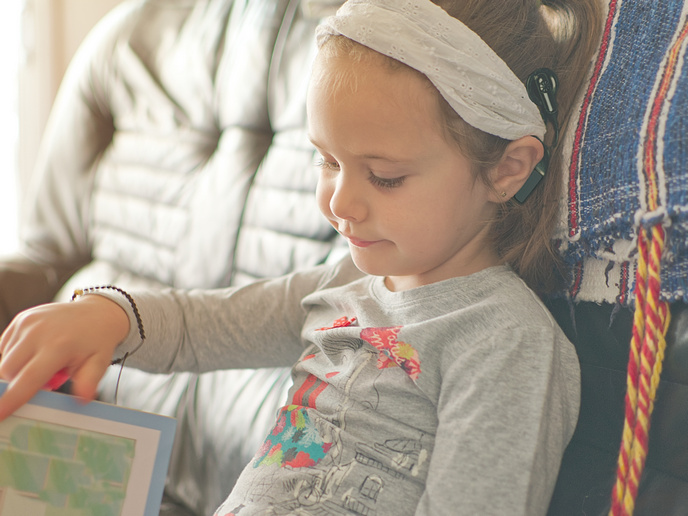Blind see with sound
Software has already been developed to aid in the visual interpretation of sound. Sensory substitution devices (SSDs) capture visual information and transform it into non-visual information. An artificial receptor then delivers the information to the brain where an individual can more or less guess its physical dimensions. While such devices aid the visually impaired and the blind, they are currently unable to provide any accurate detail. But the EU-funded project, Sight to sound, hopes to advance the technology behind SSDs and vastly improve the 'visual' capacity of the blind to interpret the sound. They intend to do this by combing the methodologies of functional magnetic resonance imaging (fMRI) with transcranial magnetic stimulation (TMS). The combined methodologies will help researchers target 'open tissues in object recognition, object localisation, sensory perception, cross-model interactions and brain plasticity, 'write the researchers. Once these targets are located, they will then use enhanced SSDs to guide the visual cortex to read and interpret visual information. Enhanced SSDs will also be better optimized for neuro-ophthalmology rehabilitation. According to the researchers, the visual system is comprised of two parallel processing streams – the dorsal pathway stream and the ventral stream. The dorsal pathway stream analyses the spatial aspects of visual landscapes and visually-guided hand movements. While the ventral system is primarily concerned with information related to the identification of objects and faces write the researchers. They also explain that the blind have a tendency to use their visual cortex more often than sighted people. The discovery could have far reaching implications because it sheds light on the adult brain's plasticity and how it organizes itself say the researchers. But first, Sight to sound needs to better under the neural basis of visual-to-auditory transformation. To do so, they have developed a unique training program that teaches congenitally blind individuals to view and interpret pictures and streaming visual information. The participants first begin to recognize simple shapes like lines or boxes. The shapes then increase in complexity until finally they begin to recognize 'real-life objects, people and environments and their location in space.' The work by Sight to sound is bringing tangible hope. Their research, once complete, could have immense future implications. By enabling the occipital cortex to revert visual perception, sight restoration could one day be a reality.







